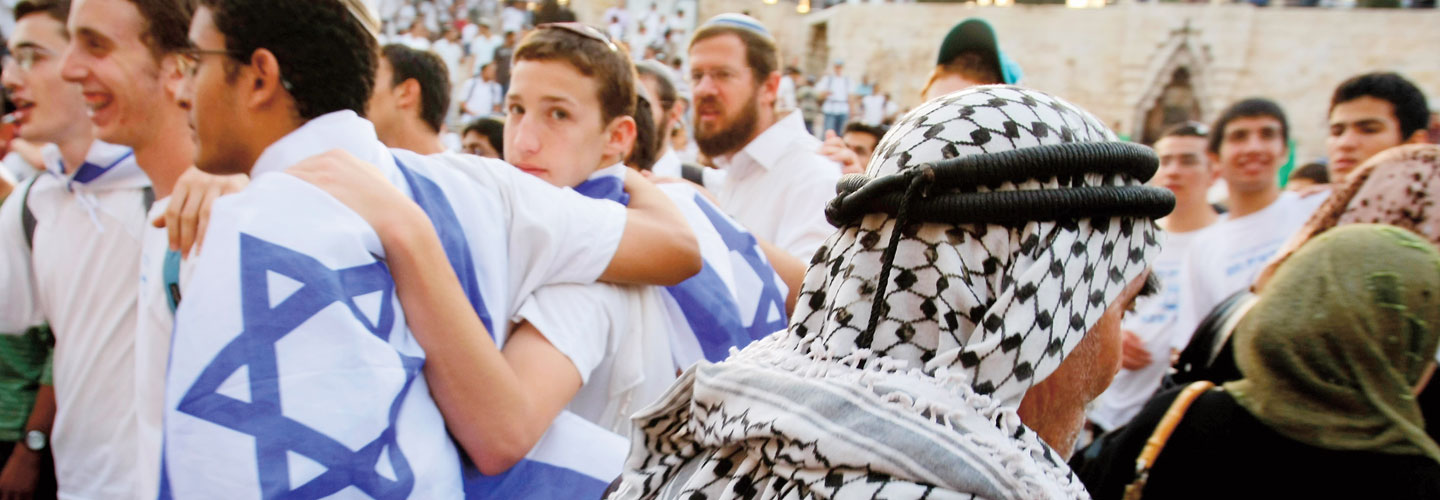Last month, President Donald Trump recognized Jerusalem as the capital of Israel. The announcement, which breaks with seven decades of U.S. policy, has sparked protests and violence across the Middle East. It also prompted criticism from many world leaders, who worry that it will further complicate the stalled peace process between Israelis and Palestinians. Both groups have long claimed Jerusalem as their capital.
In announcing his decision, Trump said that previous U.S. presidents have been unable to resolve the conflict and that it was time to try a different approach. “It would be [foolish] to assume that repeating the exact same formula would now produce a different or better result,” Trump said.
Here’s what you need to know to better understand the issue—and the debate surrounding President Trump’s recent announcement.
Last month, President Donald Trump recognized Jerusalem as the capital of Israel. This breaks with seven decades of U.S. policy. The announcement has sparked protests and violence across the Middle East. It also led to criticism by many world leaders. They worry that it will make the stalled peace process between Israelis and Palestinians more complicated. Both groups have long claimed Jerusalem as their capital.
In announcing his decision, Trump said that previous U.S. presidents have been unable to resolve the conflict. He said that it was time to try a different approach. “It would be [foolish] to assume that repeating the exact same formula would now produce a different or better result,” Trump said.
Here is what you need to know about the issue and the debate surrounding Trump’s recent announcement.

